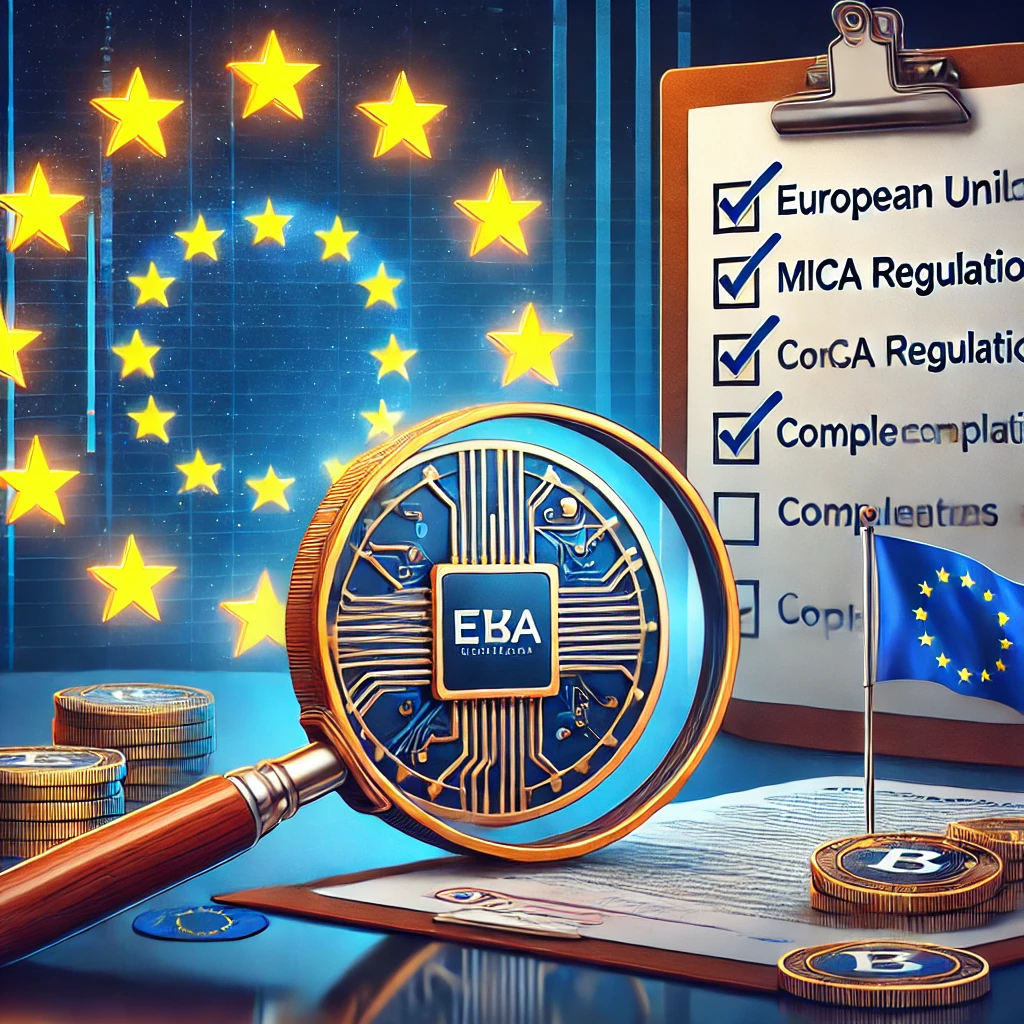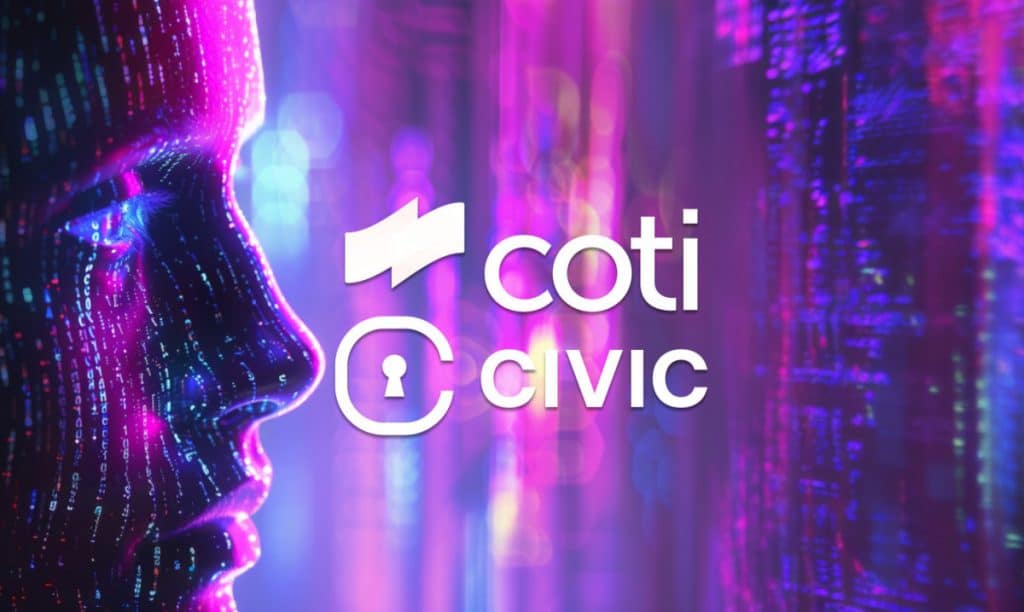The European Union’s Markets in Crypto-Assets (MiCA) regulation has officially taken effect as of June 30, 2024, introducing stringent new rules for stablecoin issuers. This regulatory framework aims to enhance consumer protection, ensure market integrity, and support financial stability within the crypto market.
Key Aspects of MiCA Regulations
- Authorization and Licensing: Stablecoin issuers must obtain authorization from national authorities within the EU, adhering to rigorous regulatory standards. This includes maintaining sufficient reserves and undergoing regular audits to ensure compliance.
- Transaction Caps: Stablecoins are now limited to a maximum of one million transactions or 200 million euros in daily value. This measure is intended to prevent stablecoins from undermining the euro and control their use within the financial system.
- Transparency and Disclosure: Issuers must provide detailed white papers, regular audits, and public disclosures about their reserves, ensuring consumers are well-informed about the assets they are investing in.
- Consumer Protection: The regulation introduces measures to safeguard consumers, including rights to redemption and clear information about potential risks associated with stablecoins.
Impact on the Market
The new MiCA regulations are reshaping the stablecoin landscape in the EU. Major stablecoin issuers like Tether and Circle are facing significant compliance challenges, including the need to secure necessary licenses. This may lead to operational adjustments or even the exit of some issuers from the EU market.
Despite these challenges, MiCA is expected to foster a more robust and secure crypto asset market by providing clear regulatory guidelines and promoting transparency. This regulatory framework might also set a global precedent, influencing other jurisdictions to adopt similar measures.
Industry Reactions and Future Outlook
The implementation of MiCA has led many exchanges to delist noncompliant stablecoins. For instance, exchanges like Binance and OKX have already stopped supporting certain stablecoins such as Tether (USDT) within the EU. Meanwhile, Circle is actively working to comply with the new regulations and has applied for the necessary licenses.
While MiCA’s stringent requirements could initially stifle some innovation, the long-term benefits of increased market stability and consumer trust are expected to outweigh these challenges. The ongoing efforts by European authorities to refine and clarify the regulations will be crucial in ensuring a smooth transition for all stakeholders in the crypto industry.
Stay tuned as we continue to monitor the developments and provide updates on the impact of these groundbreaking regulations on the stablecoin market.









